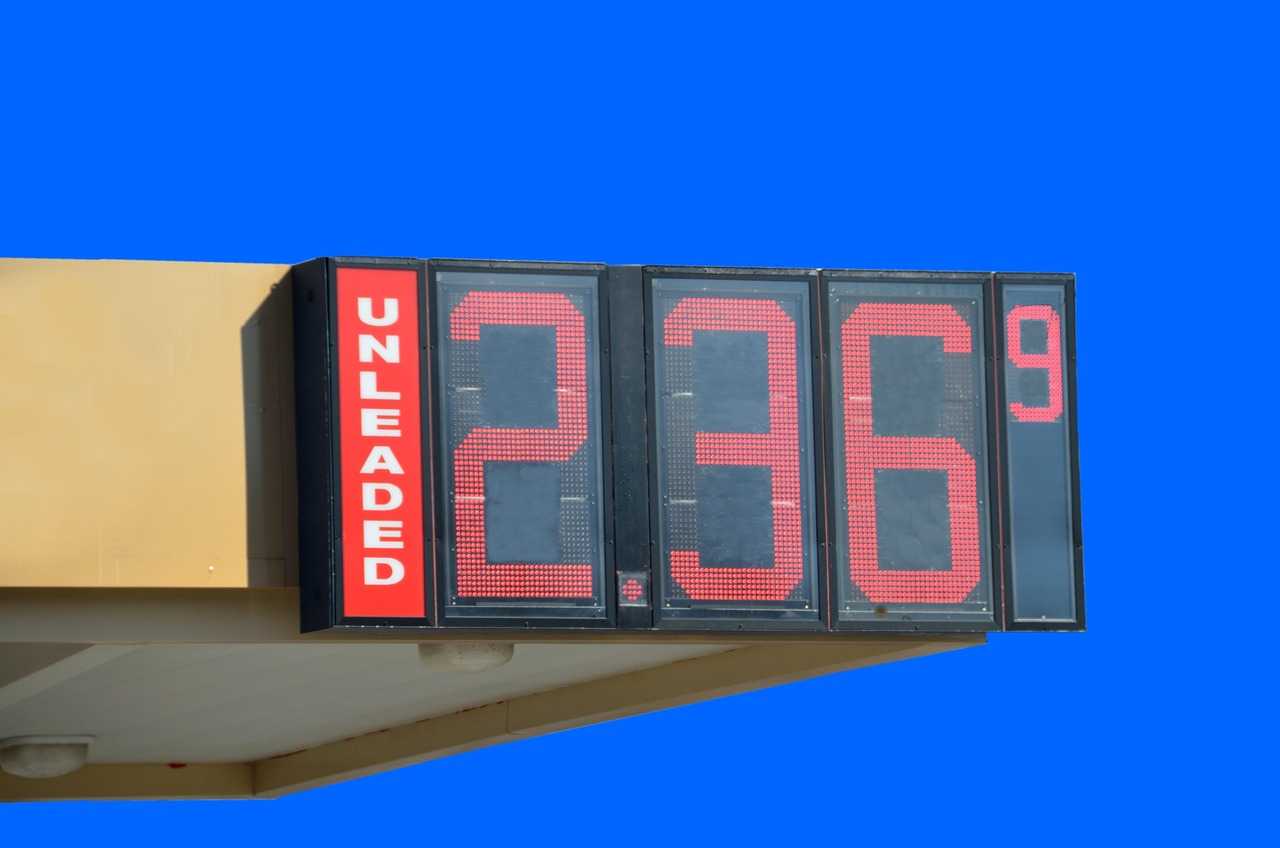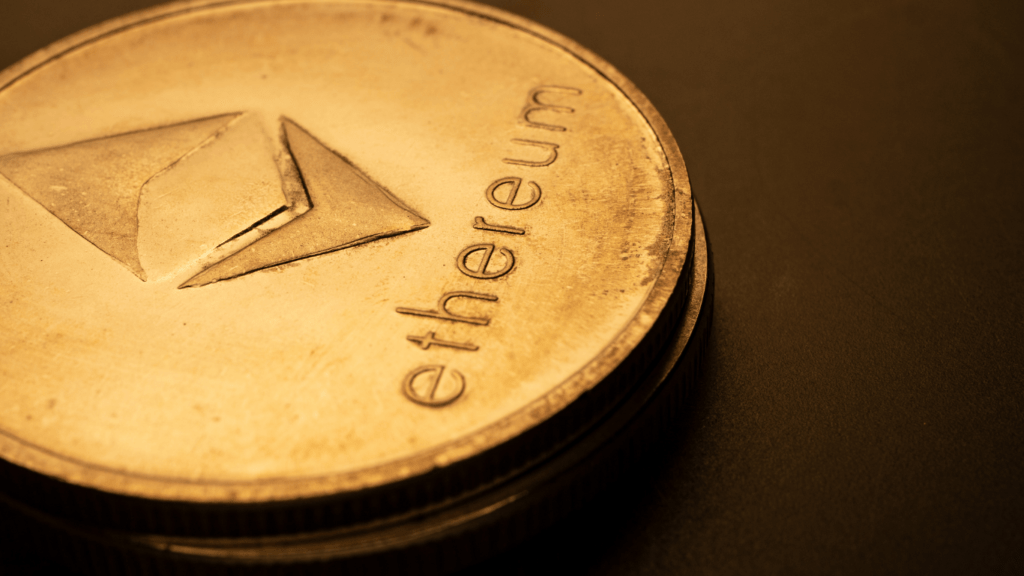The Basics: What Are Ethereum Gas Fees?
Gas fees are what you pay to make things happen on the Ethereum network. Think of them as transaction costs. Every time you send ETH, mint an NFT, or interact with a smart contract, you’re triggering a small task or many that require computing power. Miners (now validators, post Merge) process these tasks, and gas fees are their reward.
Transactions on Ethereum aren’t free because the network doesn’t run itself. It’s a global decentralized machine, and somebody has to keep the lights on. Gas fees allocate limited block space. The more complex the task, the more gas it burns. You’re essentially bidding for space in the next block.
Now throw in congestion. If too many people are trying to do stuff at once buy tokens, mint NFTs, launch contracts gas fees spike. The network gets crowded, and only the highest bidders make it through. That’s why during hyped NFT launches or market swings, fees can go from annoying to absurd.
Understanding gas isn’t just a nice to know. It’s the starting point for navigating the NFT economy. If you don’t know how it works, you’ll burn ETH without even noticing.
NFT Trading in 2026: Bigger, Faster, Busier
Ethereum isn’t quiet anymore. The floodgates have opened, and in 2026 the platform is swamped with activity. As blockchain adoption spreads across art, gaming, real estate, and even digital ID systems, NFTs have grown beyond profile pics and speculative tokens. The network is now juggling everything from indie game assets to property deeds.
This explosion in usage has a direct impact: more users means more transactions, and more transactions mean more competition for bandwidth. That’s where gas fees get dicey. When the network heats up, so do costs. Traders feel it first especially anyone minting, moving, or bidding on NFTs during peak hours. Fee volatility isn’t just a technical glitch; it’s a daily financial variable that shapes how people buy and sell digital assets.
For anyone serious about the market, ignoring volume is a mistake. High transaction volume creates fee spikes that can double or triple costs without warning. In 2026, NFT trading is high speed and high stakes success goes to those who know when to move, when to wait, and how to read the signs.
Why Gas Fees Directly Impact Traders’ Profits

Minting an NFT isn’t just a creative act it’s a transaction, and one with a price tag. Every time you mint, sell, or transfer an NFT on Ethereum, you’re paying a gas fee. That fee can swing wildly, depending on network congestion. In quiet moments, it’s a few bucks. At peak times? It can eat half your profits.
That’s the hidden tax many traders underestimate. You might flip an NFT for a 20% margin, only to have it vanish after paying gas on both ends. Worse, if you’re listing inexpensive or high volume items, the fees can wipe you out. Someone who mints 50 low cost NFTs during a gas surge could burn hundreds of dollars before making a single sale.
Consider this: In mid 2025, a top selling artist reported losing $2,300 on drops thanks to elevated gas spikes during release day. Another collector tried to flip a popular gaming skin NFT for a $150 profit after gas, they netted just $12. These aren’t edge cases, they’re warnings.
If you’re not calculating gas as part of your margins, you’re not really trading. You’re gambling.
Key Trading Strategies Around Gas Fees
Navigating Ethereum transaction fees in 2026 isn’t just about understanding the technology it’s about using smart tactics to preserve profits and maximize every trade. NFT traders have more tools and knowledge than ever before, but those who know how to manage gas fees effectively continue to lead the pack.
Timing the Market Wisely
Gas prices fluctuate throughout the day and week, often spiking during peak network activity. Savvy traders monitor these patterns and execute transactions when the network is less congested.
Tips for better timing:
Use gas trackers to identify daily and weekly low fee windows
Consider trading during late night or weekend hours (UTC)
Set transaction priority to “economy” when speed isn’t vital
Exploring Layer 2s and Rollups
Layer 2 solutions have matured significantly by 2026, offering faster and cheaper alternatives without sacrificing Ethereum’s security. Platforms like Arbitrum, Optimism, and zkSync allow NFT traders to operate at a fraction of Layer 1 costs.
Benefits of using Layer 2:
Lower transaction fees with near instant settlement
Seamless bridges to and from Ethereum mainnet
Compatibility with major NFT marketplaces
Bundling Trades to Cut Costs
Another fee saving method is transaction bundling combining multiple NFT actions into one transaction where possible. This is especially effective for:
Minting multiple NFTs at once
Transferring several assets in a single batch
Executing group listings or purchases
Pro Tip: Some platforms and marketplaces now natively support batch operations, making this strategy easier than ever to implement.
Mastering these techniques ensures that gas fees don’t eat into your margins. Each strategy on its own provides savings but combined, they create a powerful approach to sustainable and profitable NFT trading.
The Move to Ethereum 2.0 and Its Effect
The switch to proof of stake (PoS) was a major milestone for Ethereum. It dropped energy use by over 99%, solved long standing environmental concerns, and laid the technical groundwork for a more scalable ecosystem. But for NFT traders hoping for lower gas fees right out of the gate, the reality has been more muted.
Yes, scalability has improved especially when factoring in Layer 2s but Ethereum’s base layer still isn’t cheap. That’s because PoS alone doesn’t lower fees. It’s a consensus upgrade, not a bandwidth boost. With demand on Ethereum still intense, and blocks still limited in size, base gas fees remain stubborn. Especially when a hyped NFT drop or meme token frenzy floods the network.
Even in 2026, fee pressure is still a thing. Rollups and off chain solutions are helping, but they add complexity for users. Traders still check gas trackers. They still weigh whether a $3 profit is worth a $25 fee. PoS didn’t change that fundamental math it just gave the network a better shot at evolving.
Bottom line: PoS was necessary, but not the full solution. Lower fees come from expanded throughput, better block space management, and smarter transaction strategies. Ethereum’s not there yet but it’s getting closer.
Staying Ahead in 2026: Tools and Tactics That Help
In 2026, traders who win aren’t just savvy they’re well equipped. With gas fees still squeezing margins, the right tools can make or break your bottom line. Real time gas trackers like Gas Now, TX Street, and Blocknative let you gauge optimal windows for minting or moving NFTs. But it’s not just about watching it’s about predicting. Platforms like EthGasStation and Dune dashboards now integrate predictive models that help estimate fee trends before they happen, giving traders an edge over last minute guesswork.
Smart contracts have also leveled up. Gas optimized contracts are becoming standard, automatically batching transactions, pausing during congested spikes, or pacing executions based on live network pressure. If you’re still deploying vanilla contracts, you’re probably overpaying.
Finally, there’s power in the crowd. Communities like r/ethtrader, NFT specific Discords, and DAO run strategy groups are sharing tools, alerts, and crowd sourced fee strategies in real time. Staying plugged into these spaces can flag when to hold, when to pounce, and which tools are actually worth using.
For a deeper dive, including platform breakdowns and contract code examples, check out our full guide on the ethereum gas fee impact and how fees influence every trade.




